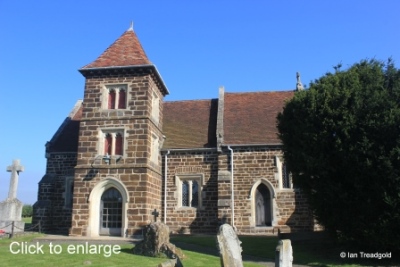The church of All Saints in Stondon is situated in the hamlet of Upper Stondon to the north-west of its larger neighbour Lower Stondon. Limited parking is available at the roadside by the church.
View Bedfordshire Parish Churches in a larger map
The original building on the site date from C13 but with the exception of the south doorway, which dates from C14, no trace of the medieval building remains. By 1855 the building was in a perilous state and extensive rebuilding was undertaken with the church re-opening in 1857.
The small church consists of a chancel, nave, north transept and south porch with a tower over. The chancel is approximately 18 feet by 12 feet with the nave adding 29 feet by 16 feet. The north transept is around 16 feet by 17. The rebuilt church is made of Bedfordshire Ironstone.
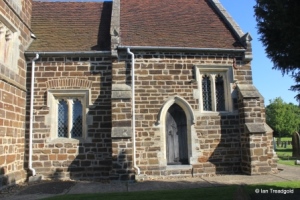
The chancel is unusually in that the roof of the chancel is higher than that of the adjoining nave.
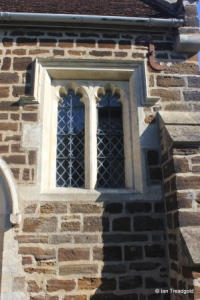
The south side of the chancel has a single window of two cinquefoiled lights under a square head to the east of the priest’s door. The window was added to the chancel in 1909.
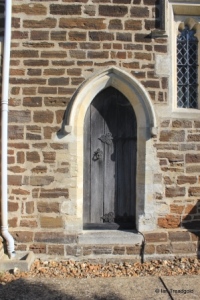

The nave is dominated by the south porch with its tower but has two windows to the east and west of the porch. Both are of two cinquefoiled lights under a square head.
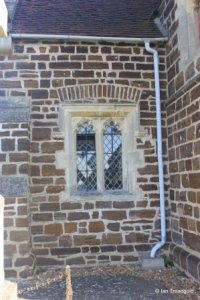
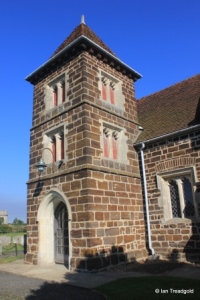
The porch and porch tower are in three stages with belfry openings on the upper two stages. All are of two cinquefoiled lights under square heads.
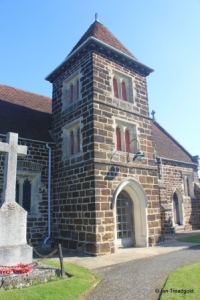
The west window is naturally modern and is of three cinquefoiled lights with geometric tracery above under a two-centred arch. The glass in the window is in memory of Robert Long of Manor Farm who died in 1868. Manor Farm is to the east of the church.
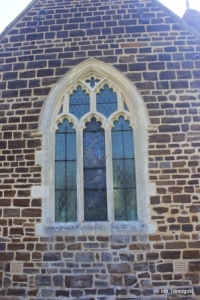
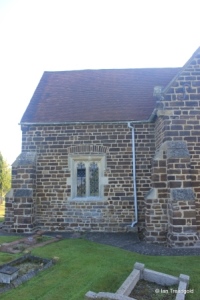
The north side of the nave is dominated by the north transept, an unusual structure in such a small church.
There is a two-light window in the west wall of the transept to match those elsewhere in the church. The north window of the transept matches the west window and the glass dates from 1886 in memory of John and Fanny Lines.
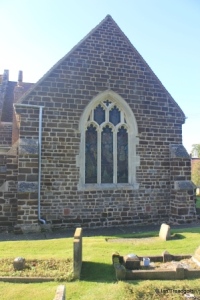

The north side of the chancel is occupied by the vestry.
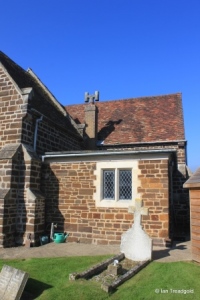
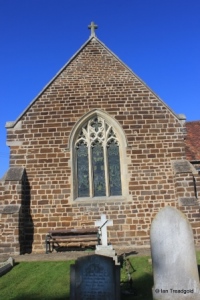
The east window is of three cinquefoiled lights with geometric tracery above under a two-centred arch. The glass was given in memory of the wife of Sir William Long a local landowner in 1908.
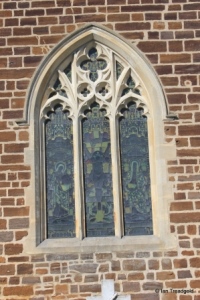
Page last changed 02/05/2020.

